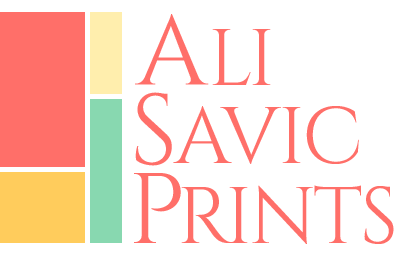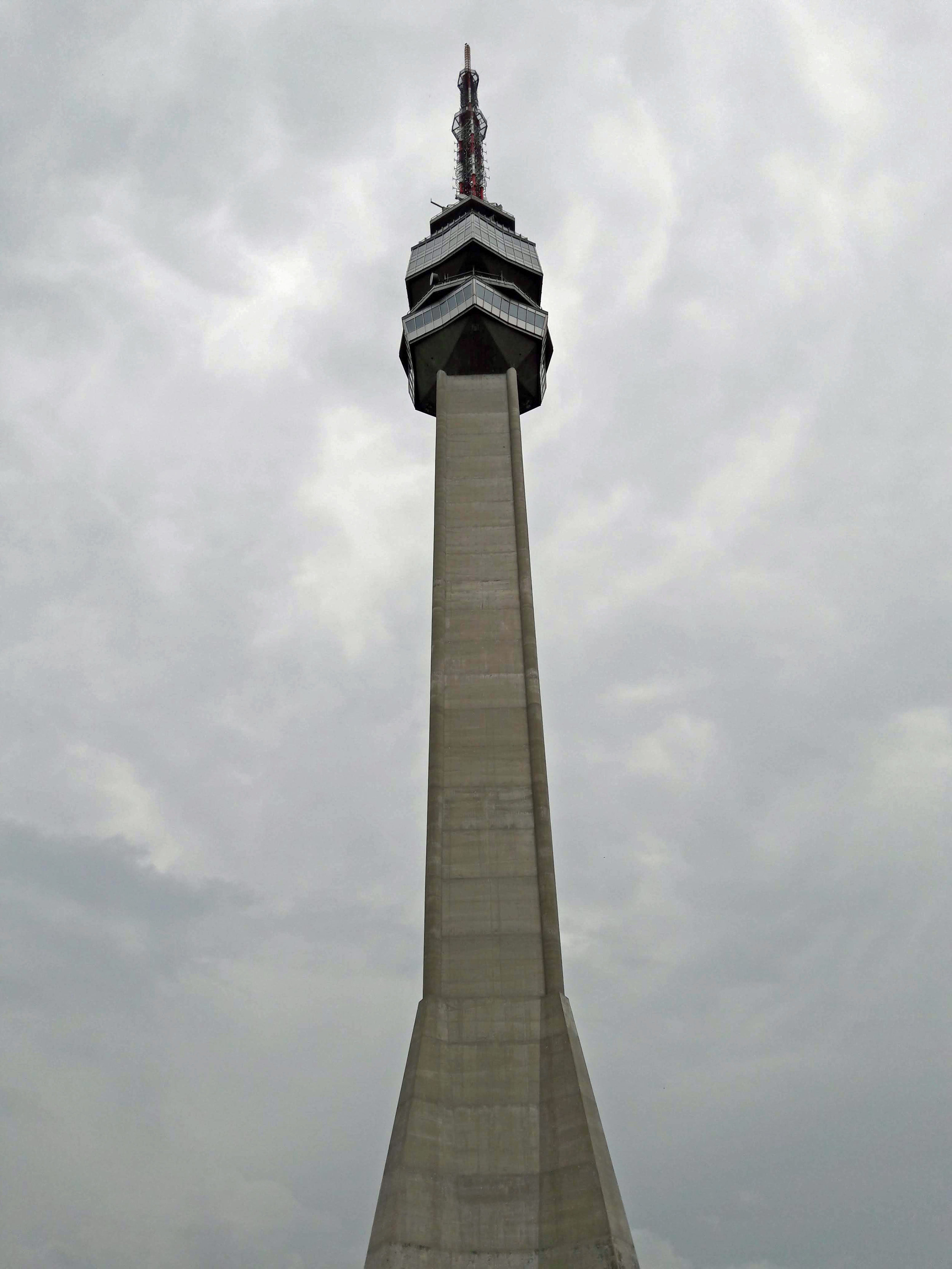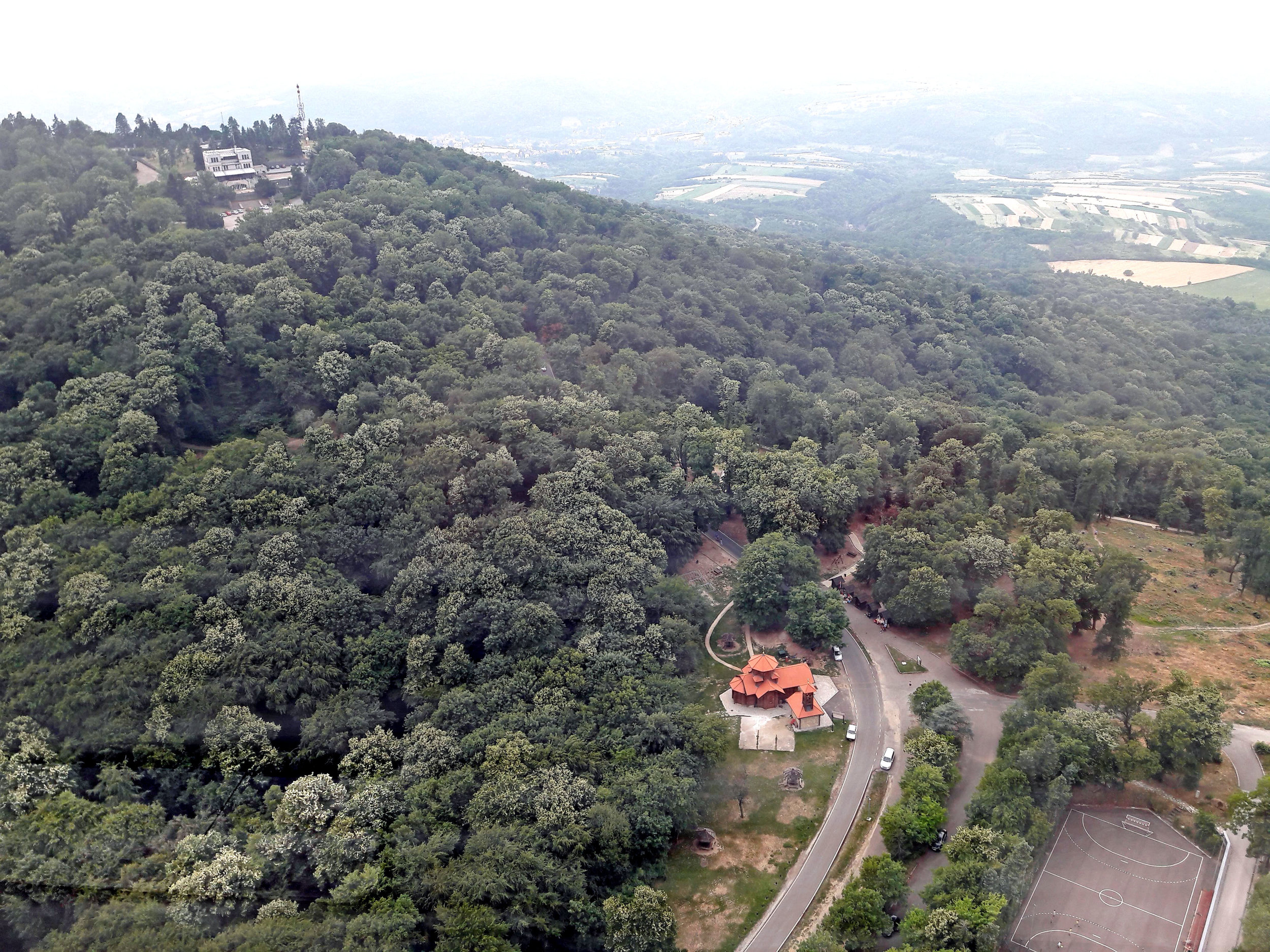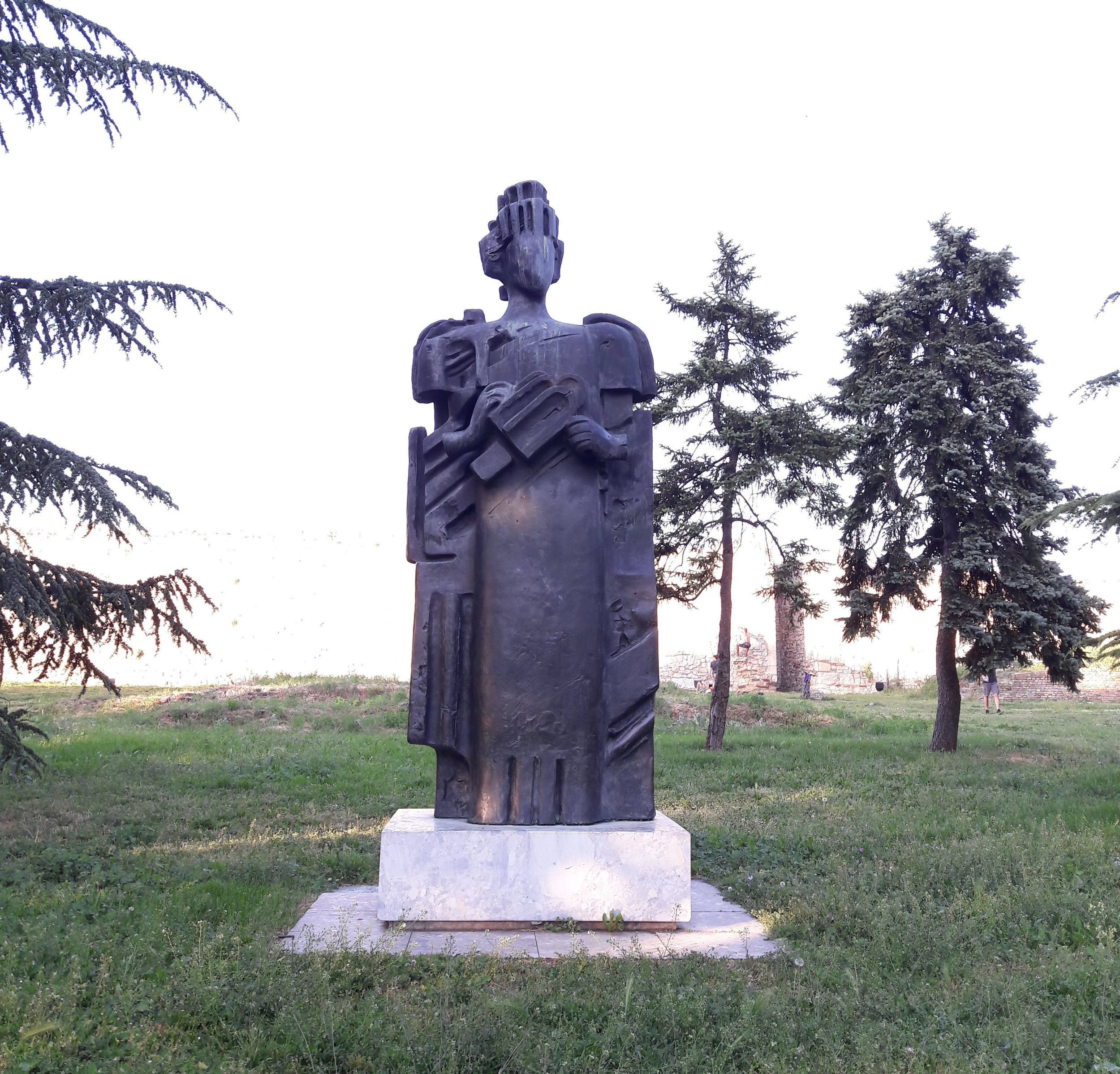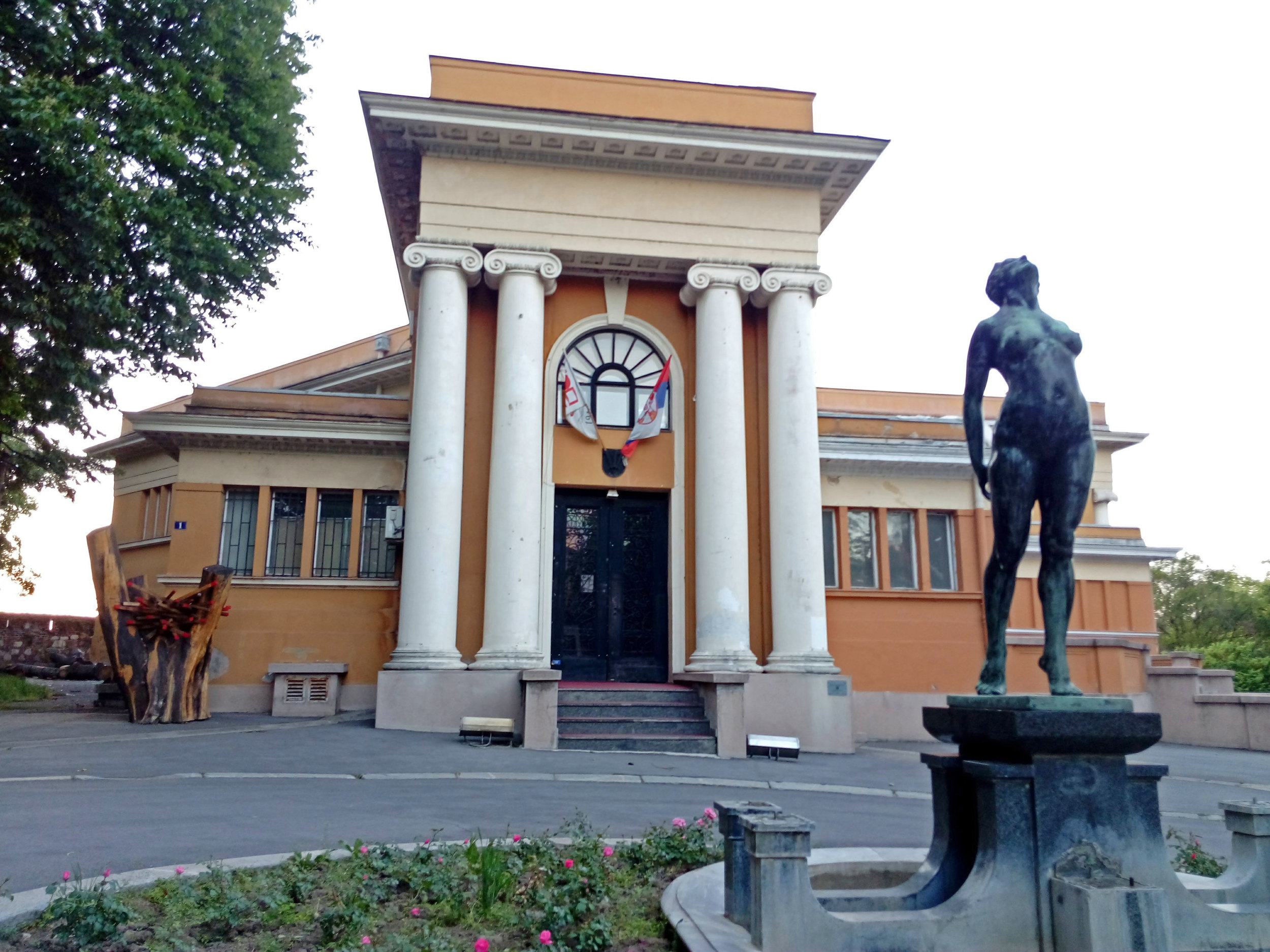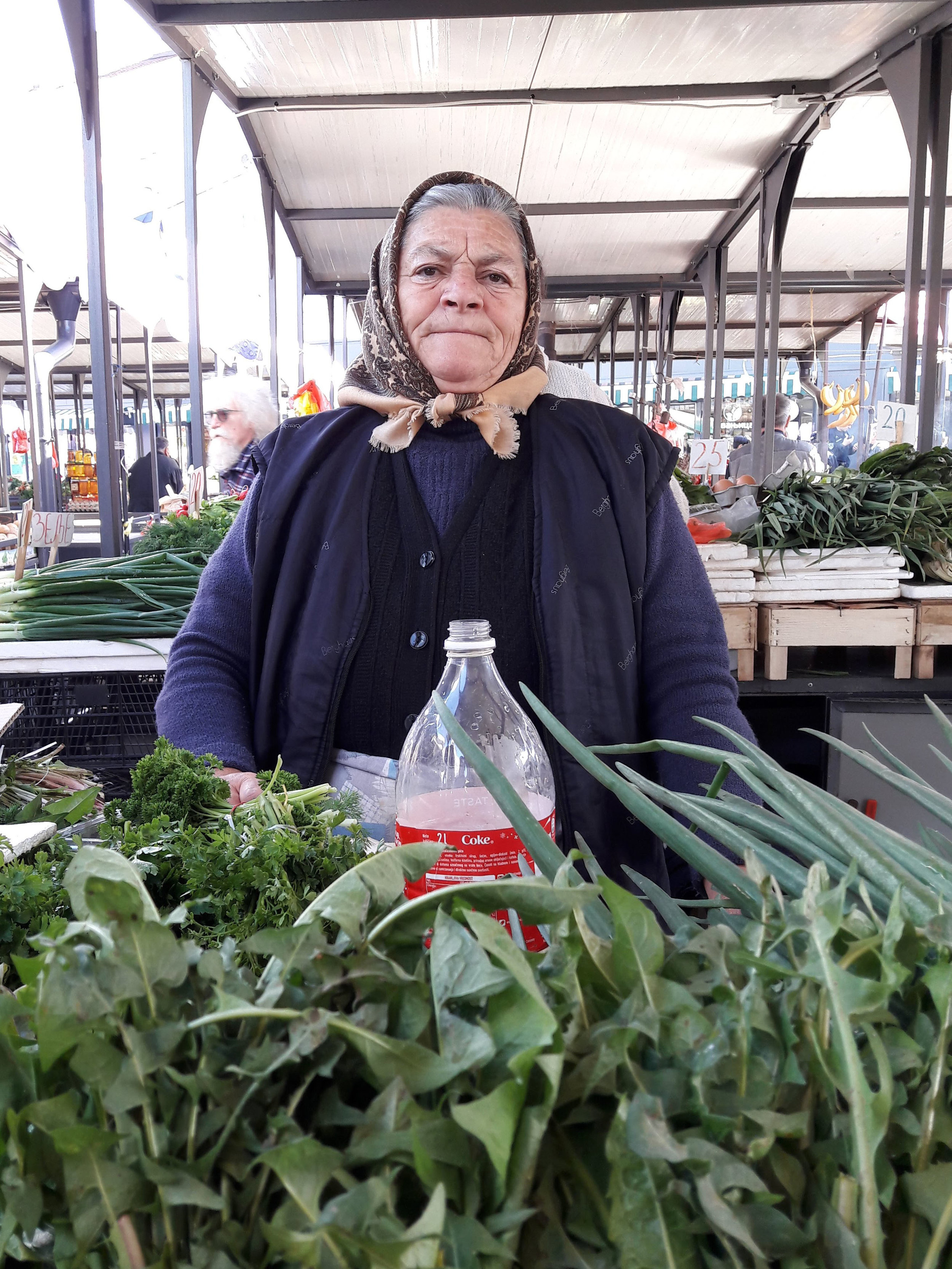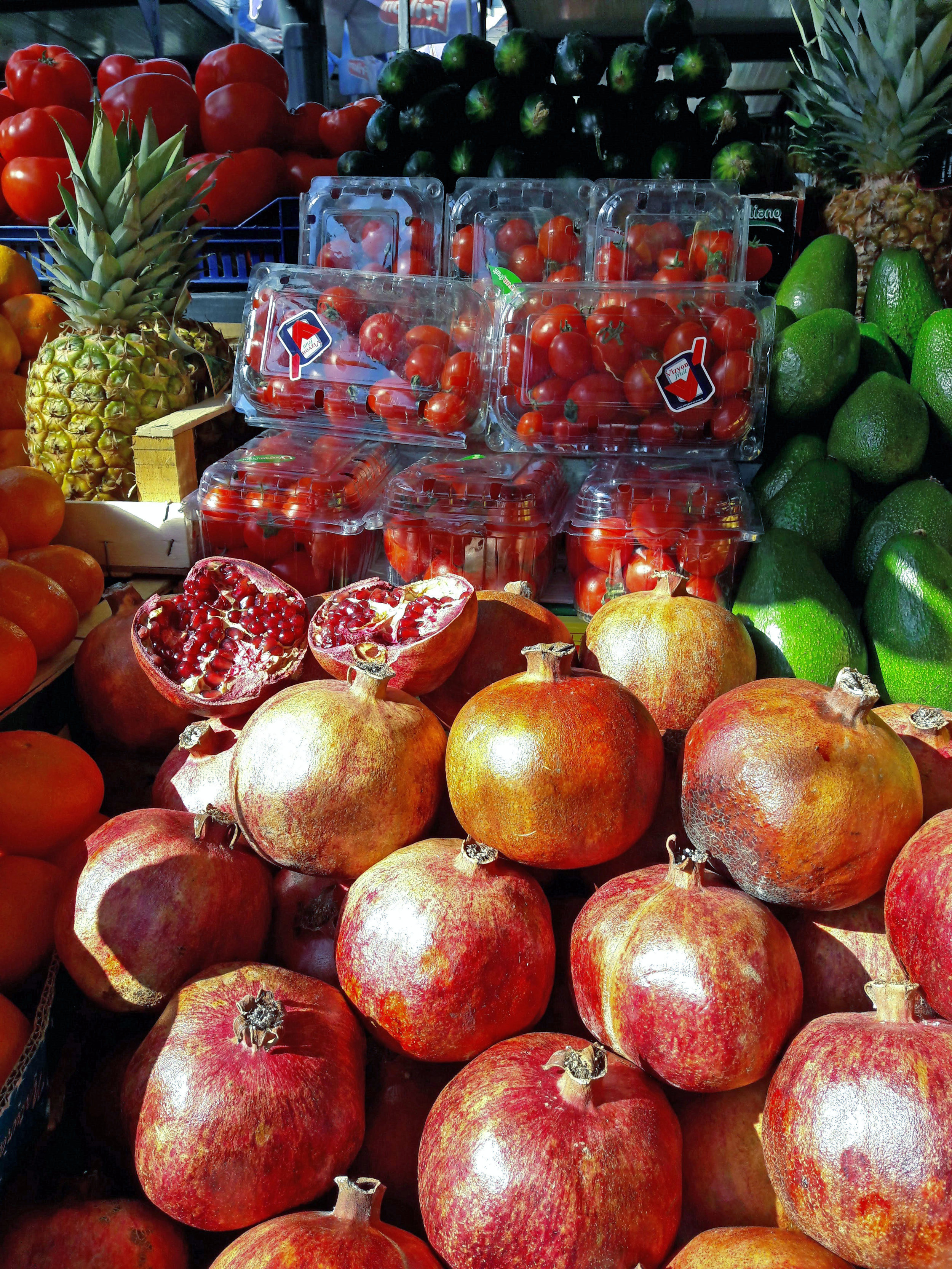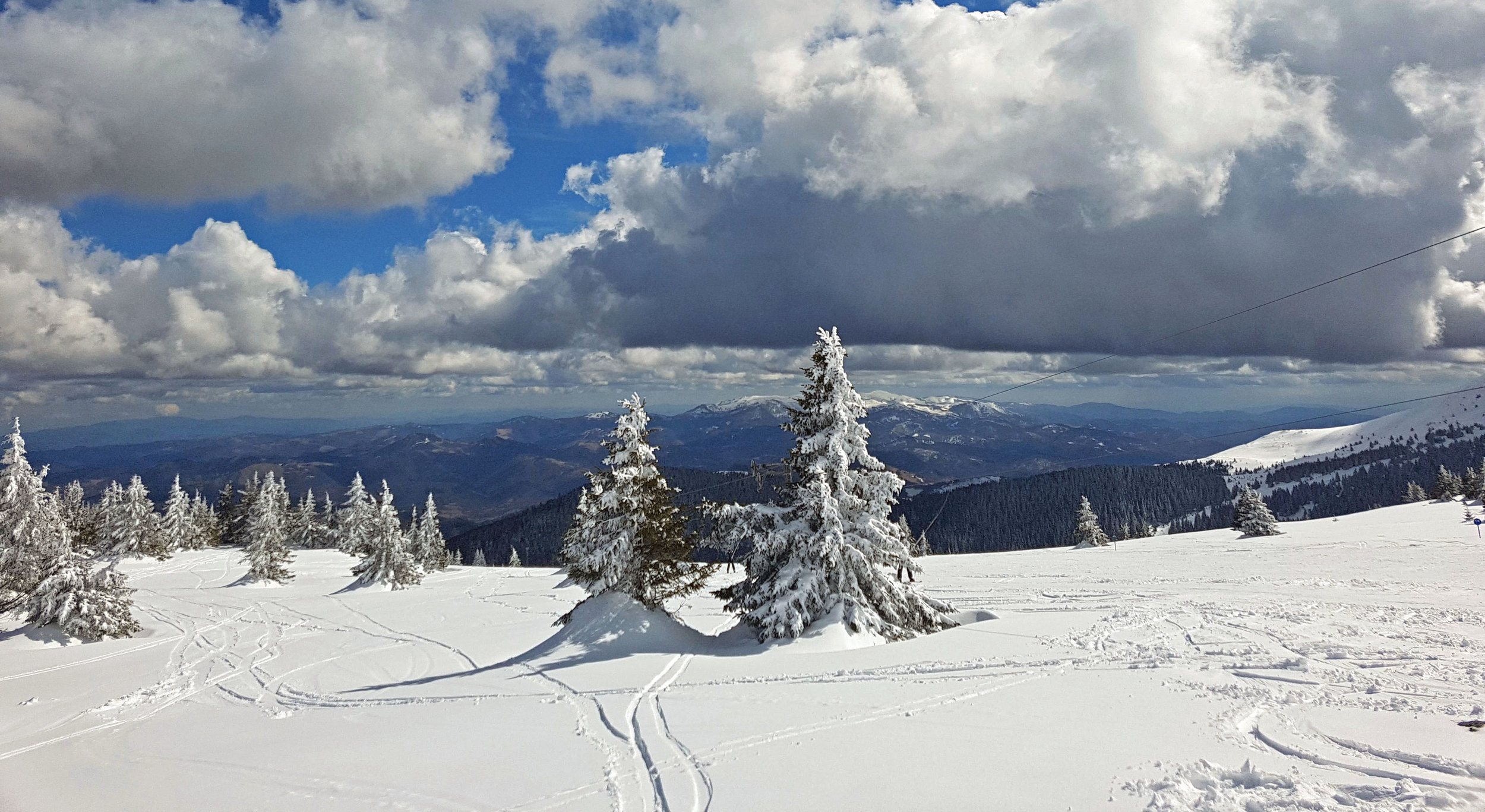My husband, Dragan, who is a native Serb, our 11 year old son, Aleks and I have embarked on an adventure, by moving to Belgrade from England for 8 months. These are excerpts from my diary.
Heading Home
Our 8 months is now up and we are heading home. We are sad to leave family and friends, but we have had the most extraordinary time in Serbia. Some of our English friends visited this amazing country during our stay and were fascinated and delighted by the food, daily life and interesting sights to see.
Royal Palaces, Belgrade
We crammed in a few things to do in Belgrade before we left, including a visit with a friend to the Royal Palaces in an affluent area of Belgrade, Dedinje. [1]
The White Palace in Belgrade
The White Palace has some very interesting artworks, including an arresting portrait of King Aleksandar 1st, who actually commissioned the building of the palaces. Tragically he was assassinated in Marseille before the buildings were complete. Other works in the palace include a Rembrandt hanging in the salon.
The King's Palace, of Serbian Byzantine design, has the most extraordinary basement, with crypt-like vaulting and highly decorative, (some say gaudy), painting on the walls. When Marshall Tito used the palace as an office during his time as premier, he watched Westerns in the private cinema and even invited John Wayne to visit!
The King's Palace in Belgrade
The current Crown Prince who now lives in the palaces, also named Aleksandar, is King Aleksandar 1st's grandson. King Peter, the Crown Prince's father, left Yugoslavia during WW2 and placed himself in exile in England. He married Princess Alexandra of Greece & Denmark in 1944. Crown Prince Aleksandar 2nd was born in Suite 212 of Claridge's Hotel, London in 1945! [2]
The colonnade of the King's Palace
A Serbian Wedding in Topola
We were lucky enough to be invited to a friend's wedding in the lovely country town of Topola. A Serbian band was booked to play outside the church and the groom set about gathering guests to dance the 'Kolo' - Serbia's excellent circle dance!
Topola is famous for it's beautiful church/mausoleum, 'Oplenac', [3] replete with mosaics and an opulent crypt where deceased members of the Serbian Royal Family have been laid to rest.
Summer Slava
The village of Darosava was celebrating its village Slava [4] and we were kindly invited by a relative. Even cities like Belgrade have their own Slava, so it's not just families that celebrate this important spiritual event.
So off we went to the village of Darosava to check out Summer Slava on Dragan's cousin's farm. As expected there was loads of delicious food including home-made yogurt and smoked meats. We also witnessed an intriguing tradition called 'Litije', which is probably as old as the hills and has possible pagan roots, but was certainly new to me. The different oak trees in the village are blessed by a priest, the local farmers have a drink and then move on to the next tree in a procession of tractors. A bit like 'Wassailing' [5] in Devon!
Tractor decked out to process around the village
Good Things Come To Those Who Wait!
We have driven over the Danube and Sava rivers in Belgrade many times over the last 8 months and often talked about a boat trip, but never seemed to get it organised. Luckily, Dragan recently met up with his high school friends and they kindly offered to take us in their boat for the day. As one of the highlights of our stay, the cruise along the Sava, Danube and around the 'Veliko Ratno Ostrvo' (Great War Island) [6], included a swim in the Danube from the boat. The water was shallow because we anchored just off the island, but the current was strong. Aleks and I loved it, especially squelching our toes in the muddy sand. I was saddened to hear that plans are afoot to develop the island, a real shame, as it is a stunning nature reserve!
Ali swimming in the Danube
Dragan
Dragan went up a Hill and Came Down Avala Mountian
Avala is a beautiful cone-shaped mountain (511 metres!) [7] covered in trees, with a stylish telecommunications tower perched on top. Dragan made us giggle as he was very insistent that Avala is a mountain not a hill! It's those all important 11 metres above 500. It was the coolest day for weeks when we visited Avala, which made it very pleasant indeed. We bought tickets in the shop and zoomed up in the lift to the viewing platform of the tower. It was well worth it, as we enjoyed a 360 view of Belgrade in the distance and the surrounding countryside. The wooden church at the base of the tower is perfectly sweet with traditional hand-woven ćilim carpets. Unfortunately we didn't have time to see the Monument to the Unknown Hero nearby [8] (a good excuse to come again)!
Avala Telecommunications Tower & the wooden church below
The wooden church at the base of Avala tower
Holding up the London Plane!
This amazing tree, being propped up by metal supports is an old London Plane Tree in Topčider Park in Belgrade. Like the boat trip, I had wanted to visit Topčider for a while and finally managed to drag Dragan, Aleks and even Aleks' friend there one afternoon. Topčider was once a Royal Park and has some interesting things to see, a museum (at present being refurbished), the plane tree, a beautiful church and a few eateries. We just had time for an ice-cream before torrential rain unfortunately spoilt our little trip. We sheltered under a tree for a while, but eventually gave up and went home to dry off!
The London Plane Tree in Topčider Park, Belgrade
Some Random Things I Felt I Must Include
Serbs love salty, crispy snacks, from nuts and crisps to stapići (skinny salty breadsticks) and also pumpkin seeds. They also seem to love 'kokice' (popcorn) and there are stalls with popcorn machines dotted all over Belgrade.
Popcorn seller in Kalemegdan Park, Belgrade
And... not to forget 'Plazma' biscuits! (A strange and somewhat off-putting name for English speakers.) A firm favourite for all generations of Serbs, which includes the 'mlevena' (powdered) form of Plazma biscuits, which can be added to pancakes, cakes and shakes! [9]
[1] http://www.royalfamily.org/palaces/the-royal-palace/
[2] https://en.wikipedia.org/wiki/Alexander,_Crown_Prince_of_Yugoslavia
[3] https://en.wikipedia.org/wiki/Oplenac
[4] https://en.wikipedia.org/wiki/Slava
[5] https://en.wikipedia.org/wiki/Wassailing
[6] https://en.wikipedia.org/wiki/Great_War_Island
[7] https://en.wikipedia.org/wiki/Avala
[8] https://en.wikipedia.org/wiki/Monument_to_the_Unknown_Hero
